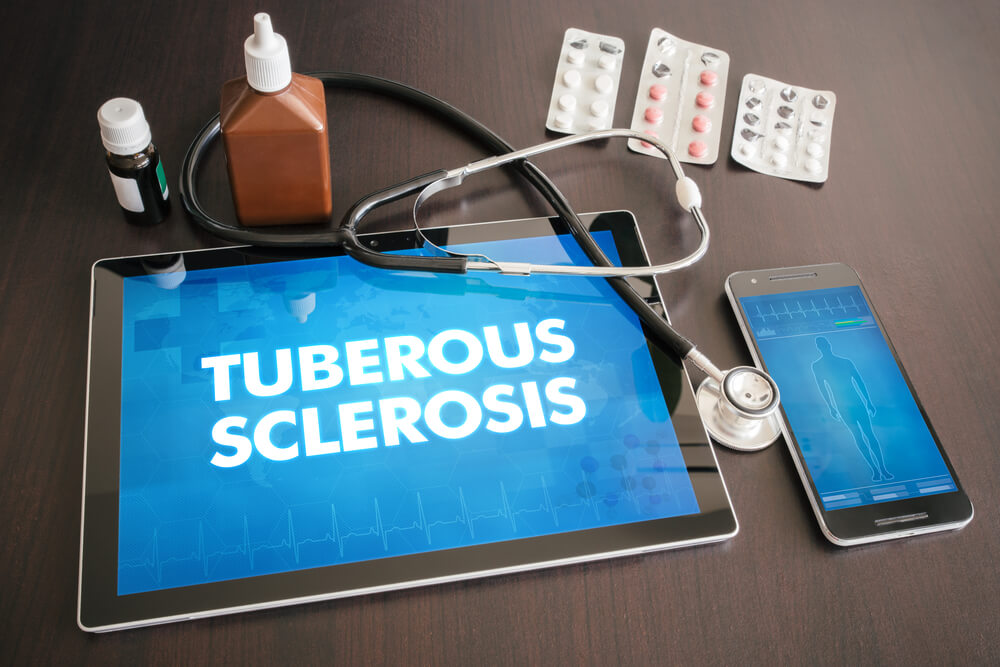SYMPTOMS
Tuberous sclerosis symptoms are brought about by benign tumors in parts of the body, such as in the brain, eyes, kidneys, heart, lungs and skin, though other parts of the body can be affected. Symptoms can go from mild to extreme, depending on the the size of the rumor or area of occurrence.
In spite of the fact that the signs and symptoms differ in every individual with tuberous sclerosis, these can include:
Skin problems
Many people with tuberous sclerosis have light colored patches in the skin, or they may grow little, innocuous regions of thickened and smooth skin or red bumps under or around the nails. Facial lumps that start in youth and are similar to acne may also occur.
Seizures
Brain tumors might be related to seizures, which can be the primary symptoms of tuberous sclerosis. In little children, a typical kind of seizure called infantile spasm appears as tedious fits of the head and legs.
Cognitive Problems
Tuberous sclerosis can be related to delays in development or intellectual incapacity or learning inabilities. Psychological problems such as autism spectrum disorder or attention-deficit/hyperactivity disorder (ADHD), also can occur.
Behavioral issues
Usual behavioral problems may include hyperactivity, self-injury or hostility, or social problems.
Kidney problems
Many people with tuberous sclerosis may have benign tumors on their kidneys, and they may grow more tumors as they age.
Heart problems
Tumors in the heart, if present, are generally huge at birth and may diminish as the child grows older.
Lung problems
Tumors in the lungs may cause cough or breathing difficulty, particularly with physical movement or exercise. These benign lung tumors happen usually more in women than in men.
Eye problems
Eye growths can show up as white patches on the retina. These noncancerous lumps don’t generally obscure vision.


